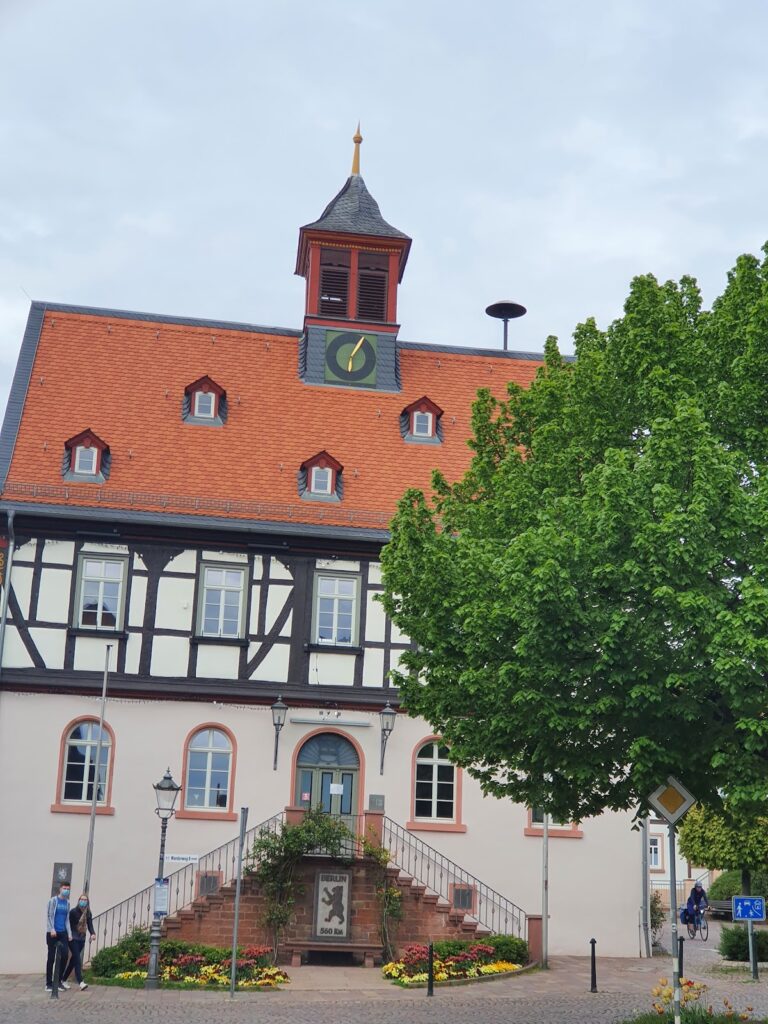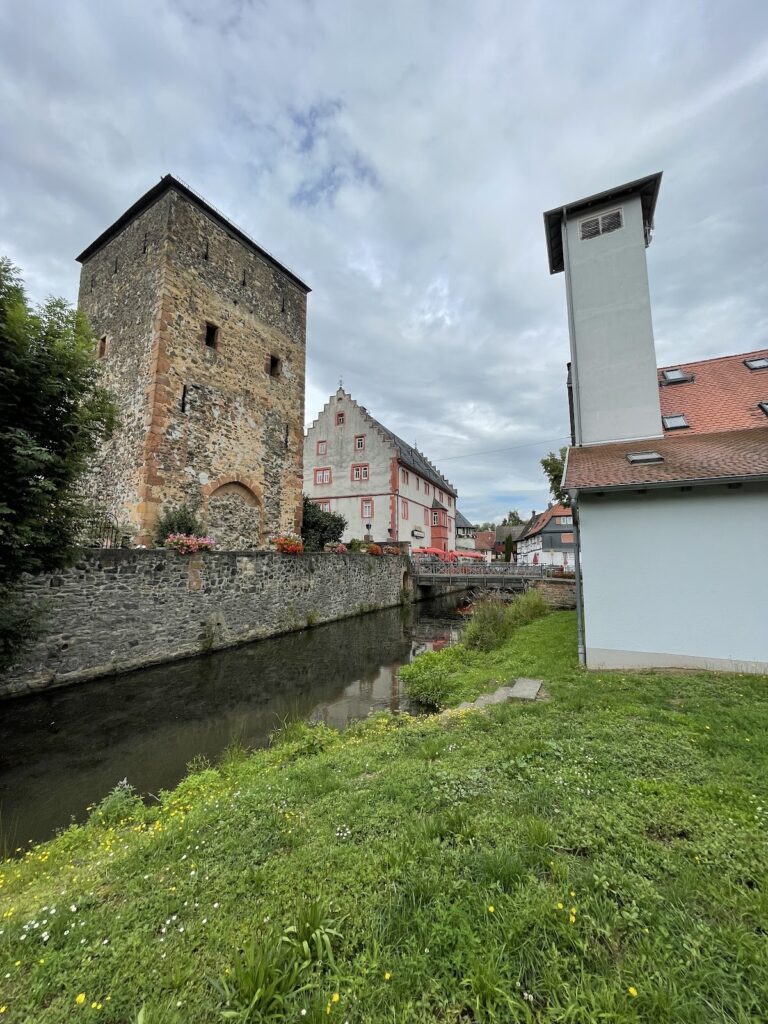Wasserburg Rückingen: A Medieval Moated Castle in Erlensee, Germany
Visitor Information
Google Rating: 4.4
Popularity: Very Low
Google Maps: View on Google Maps
Official Website: www.geschichtsverein-erlensee.de
Country: Germany
Civilization: Unclassified
Remains: Military
History
Wasserburg Rückingen is a medieval moated castle situated in the municipality of Erlensee in modern-day Germany. Its origins trace back to a fortress established on this site as early as the 10th century, with the first written mention occurring in 1248 under the name “castri Ruggingin.” The castle was originally constructed by the local nobility under the authority of the Archbishopric of Mainz.
During the Middle Ages, Wasserburg Rückingen functioned as a fief held initially by the Lords of Brauneck. In 1463, the castle came under the control of the Counts of Isenburg, who granted it as a sub-fief to branches of related noble families, including the Lords of Rückingen and the Lords of Rüdigheim. The castle’s strategic position overseeing the Main and Kinzig rivers factored into its importance during this period.
In 1405, King Rupert ordered the destruction of Wasserburg Rückingen due to the misdeeds of Johann von Rüdigheim, who operated as a robber knight attacking merchant ships on nearby waterways. Following this punitive action, Johann was compelled to swear an oath renouncing further hostilities and permitted only to rebuild an unfortified manor east of the castle’s original site. This manor, which survived until the early 20th century, was mostly demolished in 1909, with only a barn and a small building known as the “Schlösschen” remaining.
The castle faced destruction again in 1522 amid the conflict known as the Knight’s War. A coalition led by Landgrave Philip of Hesse besieged and destroyed the stronghold because Philip von Rüdigheim had sided with the rebel knight Franz von Sickingen. Reconstruction followed, and in 1569 a coat of arms stone installed above the castle’s gate recorded the names Eitel von Rückingen and Adelheit Roth von Burg-Schwalbach, signaling the renewed occupation and restoration of the site.
Later periods saw the castle potentially damaged during the Thirty Years’ War when Croatian troops set fire to the village of Rückingen. The noble lineage of the Lords of Rüdigheim ended in 1666, after which Wasserburg Rückingen changed hands multiple times before returning to the Counts of Isenburg in 1756. From the 19th century, the castle was privately owned and transformed around 1860 into an agricultural estate, a phase that included the filling in of its once extensive moats.
In the late 20th century, ownership passed to the municipality of Erlensee, and since 1983 the castle has housed a local history museum operated by the Erlensee Historical Society. Archaeological excavations carried out in 1988 and 2001 revealed that the castle’s original footprint was larger than the remains visible today, indicating earlier phases of construction beyond the surviving structures.
Remains
The site of Wasserburg Rückingen preserves the remains of a roughly rectangular castle that was originally surrounded by water-filled moats linked directly to the Kinzig River, classifying it as a water castle. Today, those moats have been filled in, lying beneath the area east of the current parking lot, north of the existing road, and west of the square before the castle.
The northern portion of the castle retains the probable main building, featuring a corner round tower and sections of the surrounding defensive ring wall which survive to a notable height. These visible parts primarily date to the first half of the 15th century, a period just before the 1405 destruction ordered by the king.
An unusual architectural feature, a keyhole-shaped arrow slit, remains visible on the castle’s exterior. This narrow vertical opening, used historically for shooting arrows while offering protection to defenders, is positioned lower than the present ground level. This particular placement reflects changes to the terrain following the filling of the moats.
The southern segment of the castle site was later overbuilt with a barn, part of the agricultural adaptation of the estate in the 19th century. In addition to these castle remains, the manor barn and the small building called the “Schlösschen” are the only surviving structures from the unfortified manor erected east of the original castle after its 1405 demolition. These buildings provide tangible links to the castle’s post-destruction phase and the limits imposed on rebuilding efforts at the time.
Inside the castle today, the local history museum showcases a substantial collection of artifacts from Rückingen and the adjacent Langendiebach, including finds dating back to the Roman era. Important among these are ceramic objects recovered from a nearby Roman military fort, highlighting the long-standing historical importance of the site.










